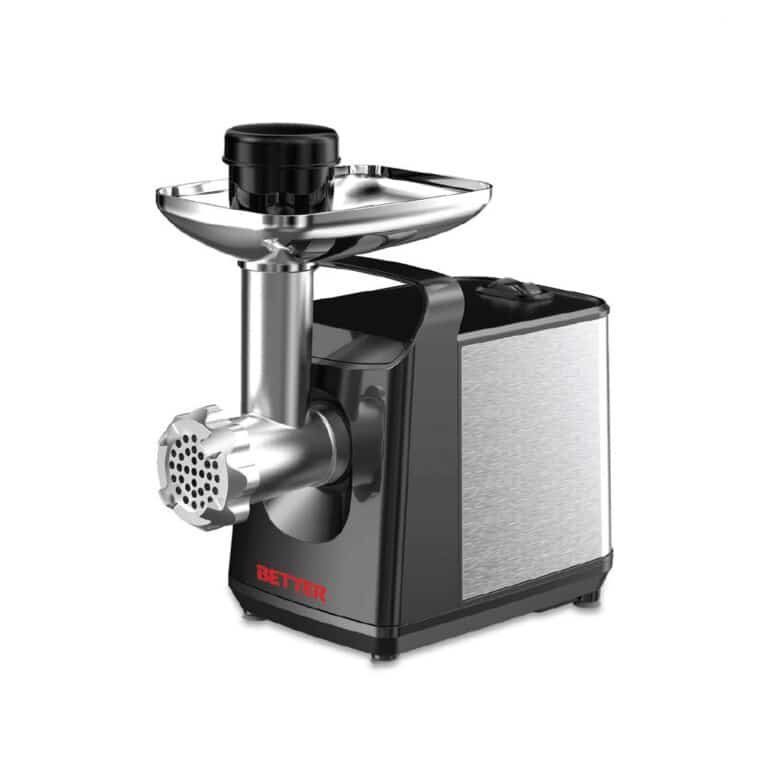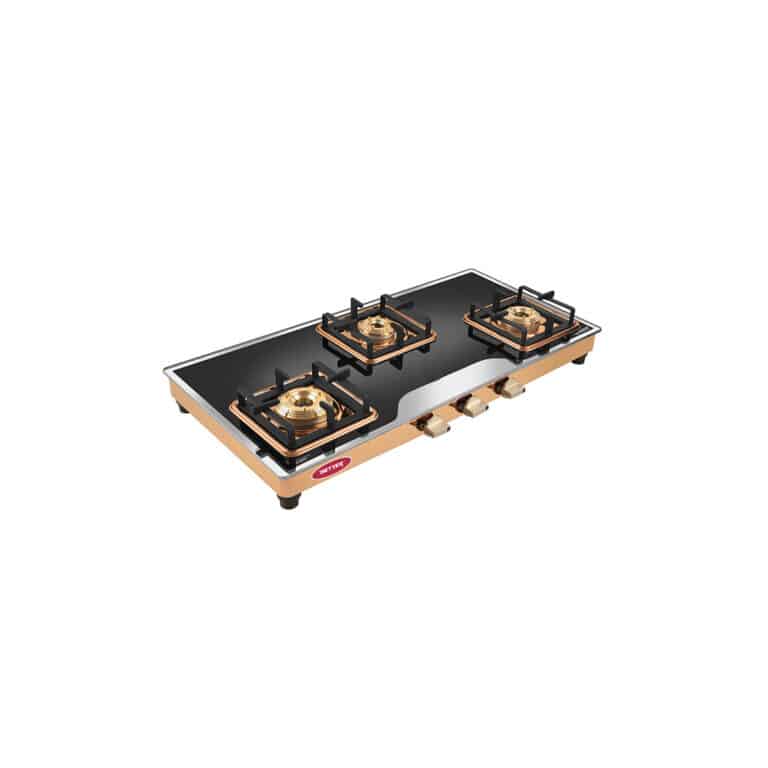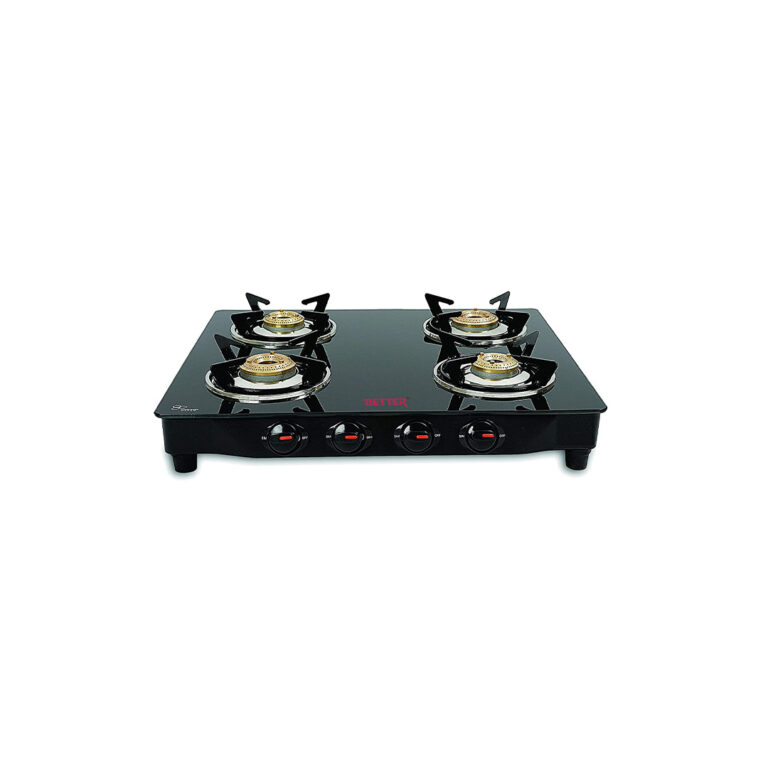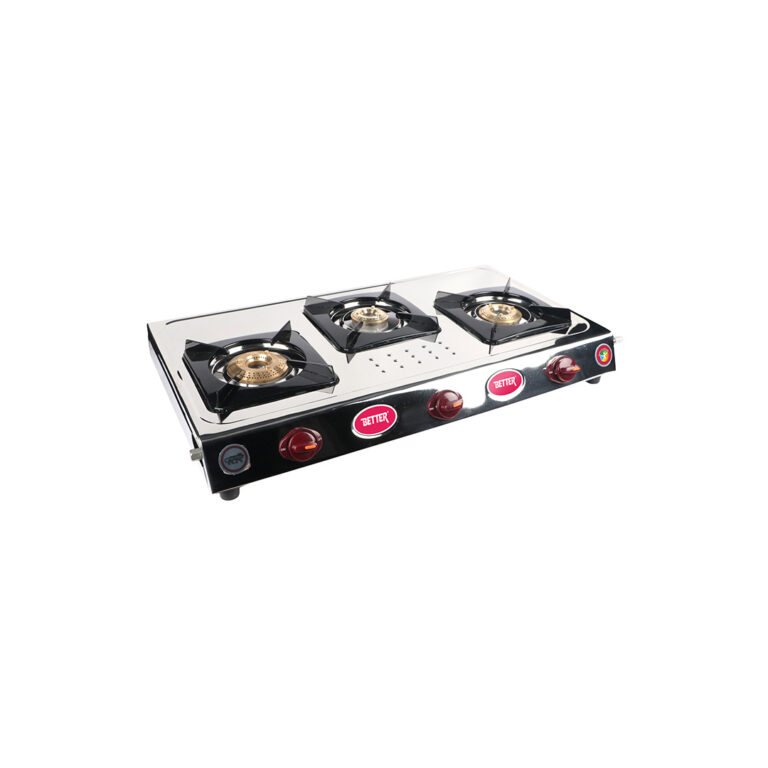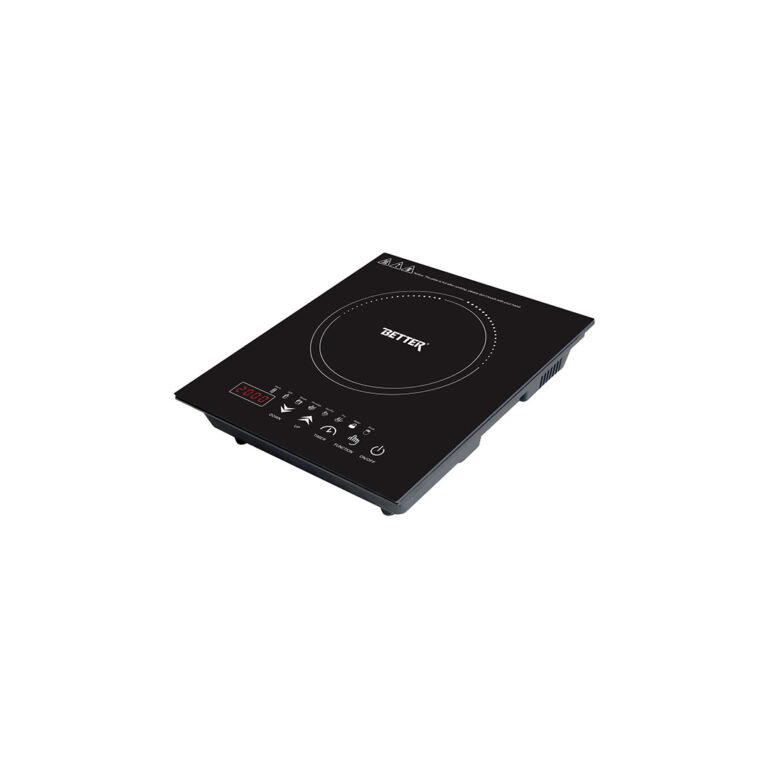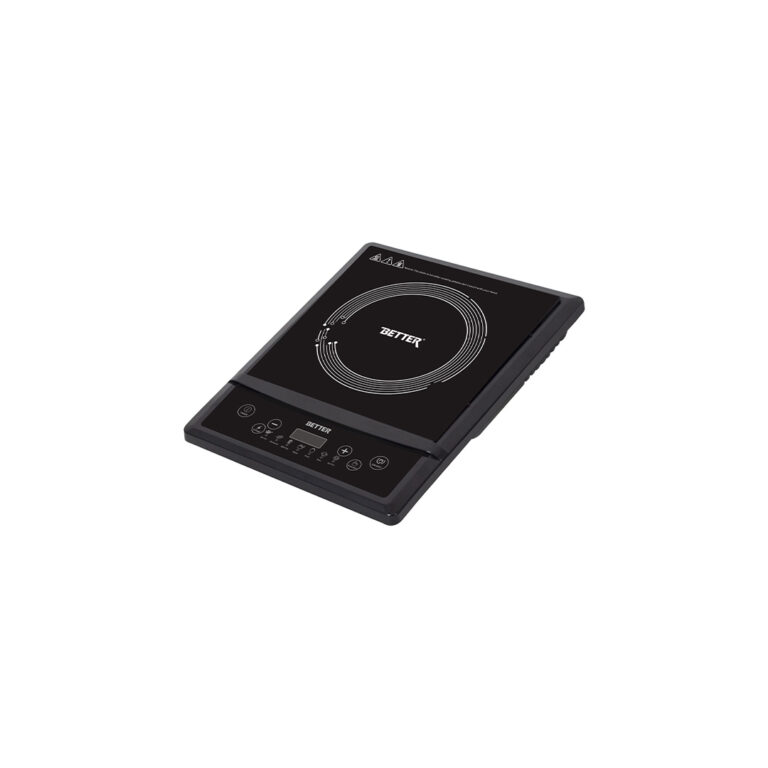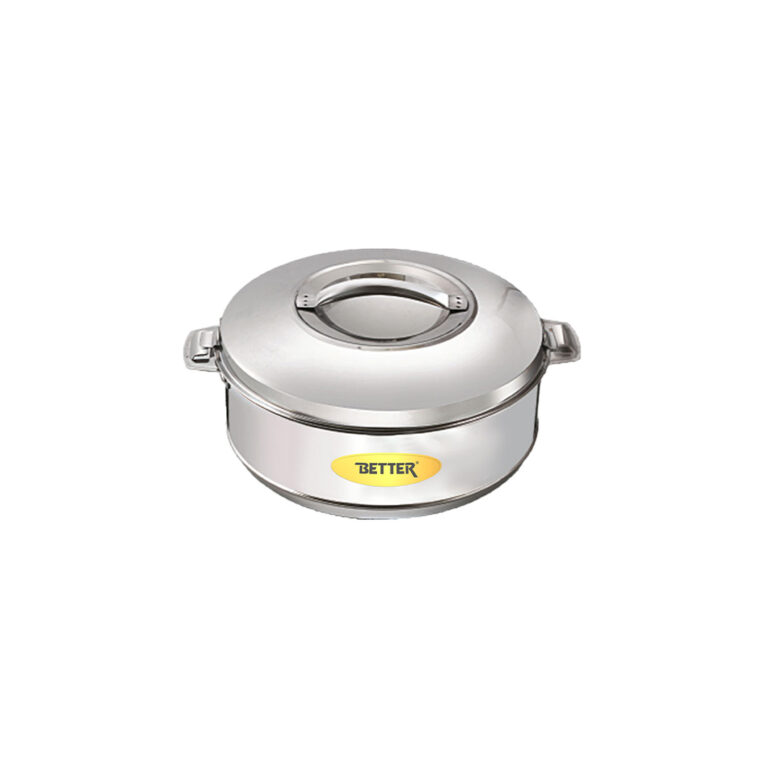
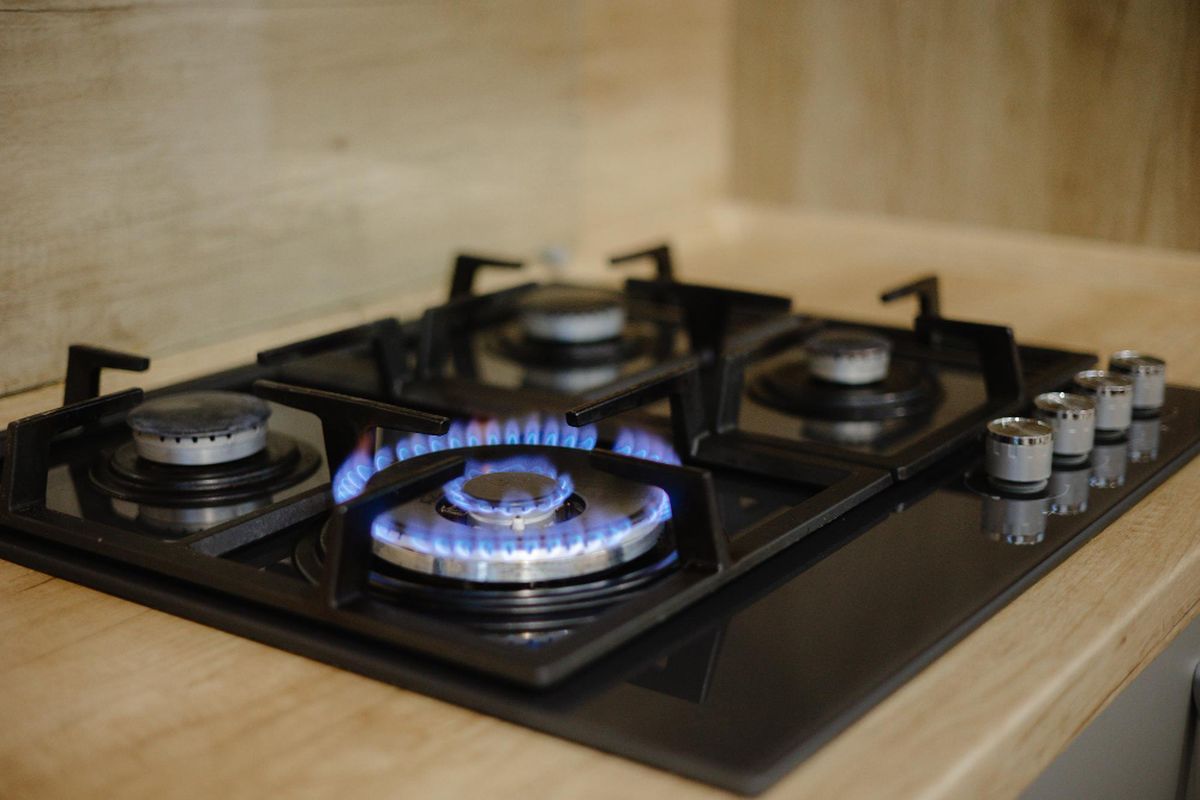
What Is Electronic Ignition on Gas Stove?
January 15, 2024
Share To:
If I ask you what is the one thing without which your kitchen would look incomplete, what would it be? In my case, it would be a gas stove. Imagine you have every vessel and other essential stuff in your kitchen but no gas stove, you will not be able to cook any food in your kitchen.
As gas stoves have evolved, the features of a gas stove have also advanced. One of the latest features that a gas stove comes with is the electronic ignition. Do you know what electronic ignition is on a gas stove? If you don’t know, there’s no reason to worry. In this blog, we’ll be discussing in detail about electronic ignition on a gas stove.
Introduction of Electronic Ignition on Gas Stove
Electronic ignition is a technological innovation that transformed the landscape of gas stove design. This system eliminates the need for a constant pilot light, instead relying on electricity to generate sparks that ignite the gas when you turn the stove knob. This shift has not only enhanced efficiency but also introduced a range of benefits for users.
How does Electronic Ignition Work?
To understand how electronic ignition works, it’s essential to first know its key components. The heart of the system lies in the ignition module, a device containing electronic components that generate sparks. Paired with this module is the spark electrode, which is strategically positioned near the burner to create the spark that ultimately ignites the gas.
When you turn the stove knob to the “ignite” position, you activate the electronic ignition system. The module sends an electric current to the spark electrode, generating a spark. Simultaneously, this makes the gas valve open, allowing gas to flow. The spark ignites the gas, creating a flame on the burner, all in a matter of seconds.
Traditional vs Electronic Ignition on Gas Stove
When it comes to the traditional ignition system on gas stove and electronic ignition system there are different differences between them. Let’s find out on what grounds traditional and electronic ignition differ from each other,
Operation:
Traditional Ignition relies on a continuous pilot light that burns constantly. When the user turns the burner on, the gas is ignited by the pilot light.
Electronic Ignition operates without a standing pilot light. It is activated by an electronic spark when the user turns the knob, igniting the gas immediately.
Energy Efficiency and Safety
Traditional ignition on gas stoves constantly consumes gas to maintain the pilot light, leading to energy wastage. In addition, there are also some safety concerns with a continuously burning pilot light.
Electronic Ignition is more energy-efficient as it only uses gas when the user turns on the stove. It has enhanced safety features, including flame sensors that shut off gas if no flame is detected.
Cost
Traditional ignition on gas stoves results in higher energy costs due to the constant burning of the pilot light.
On the other hand, electronic ignition is generally more cost-effective as it minimizes gas consumption when the stove is not in use.
Convenience and Maintenance
Manual lighting of the stove is required in case of pilot light failure. There is a requirement for regular maintenance of the pilot light and related components.
Electronic ignition offers quick and easy ignition with the turn of a knob, with no manual lighting necessary. Electronic ignition generally requires less maintenance, with fewer components prone to wear and tear.
Initial Cost and Technology Integration
Gas stoves that have traditional ignition are often cheaper upfront due to simpler technology. However, they are less integrated with modern smart home technologies.
In contrast, gas stoves with electronic ignition may have a higher initial cost due to the additional technology involved. On the other hand, they are part of a trend toward smart kitchen appliances, offering more advanced features and control.
Benefits of Electronic Ignition on Gas Stoves

So far we have discussed what is electronic ignition on a gas stove, how it works, and the difference between traditional and electronic ignition. Now let’s move ahead and find out what are the benefits of electronic ignition on a gas stove. Following are some of the benefits of electronic ignition on gas stoves,
Energy Efficiency
Electronic ignition systems are more energy-efficient compared to traditional standing pilot lights. Compared to traditional ignition systems where the pilot light continuously burns even when the gas is turned off, electronic ignition only works when the user turns the gas stove.
Safety Features
Gas stoves that have electronic ignition often include safety features that enhance the overall safety of the kitchen. This includes features such as automatic shutoff of gas supply in case of non-detection of flame.
Quick Ignition
Electronic ignition makes the cooking process more efficient and time-saving as it provides rapid ignition to burners. There is no waiting for a pilot light to heat up or manually lighting the burners.
Reduced Maintenance
As electronic ignition does not involve continuous burning of flame there are fewer components prone to wear and tear, leading to less frequent service needs. So, this makes electronic ignition run for the long run without regular maintenance.
Consistent Ignition
Electronic ignition systems provide consistent and reliable ignition. Users can expect a spark every time they turn the stove knob, ensuring a reliable start to their cooking process.
Conclusion
The modern kitchen appliances including the gas stoves have undergone several changes throughout the years. Electronic ignition on gas stoves is one of the modern features available in gas stoves making ignition on stoves efficient, fast, and safe.
An electronic ignition differs from traditional ignition in terms of operation, energy efficiency and safety, cost, convenience, maintenance as well as initial cost and technology integration. The benefits of electronic ignition include energy efficiency, quick and consistent ignition, reduced maintenance, and also safety features.
There’s no way you do not check Better Home Appliances if you are looking for gas stoves with electronic ignition. Gas stoves from Better are of high quality and also come in different sizes making it easier to choose one that best serves your needs.
Related Blogs


How to connect a ceiling fan?













